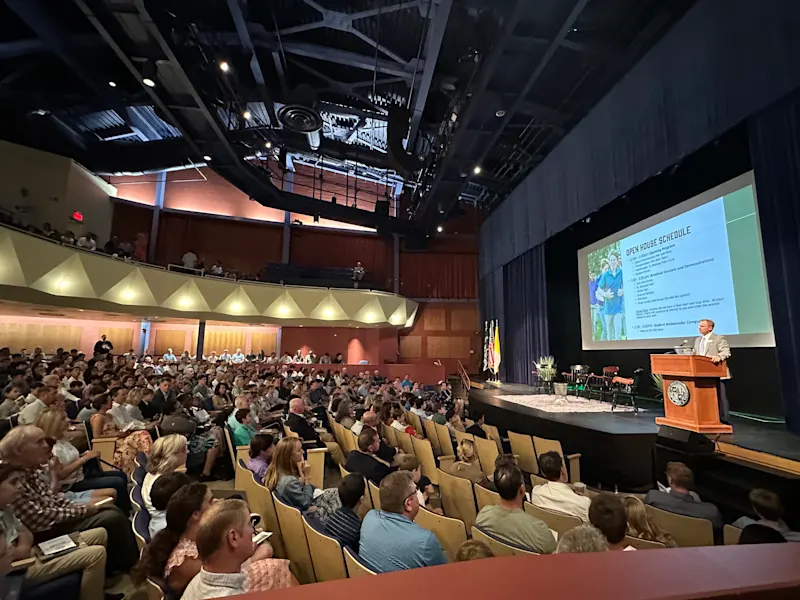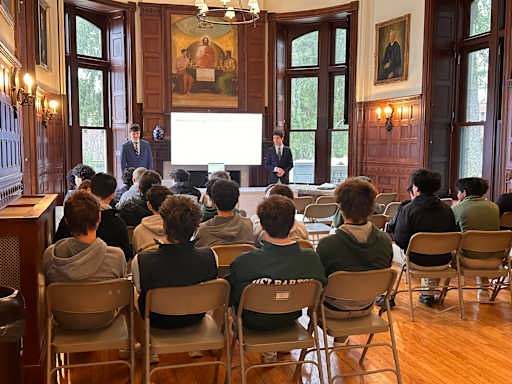Poets of History: Sylvia Plath
October 18, 2020
As time marches forward in its orderly manner, the present melts into the past, and the past melts into history, before history is ultimately forgotten. That there is the cruelty of time; it leaves us all behind, you and I who are unextraordinary, us who are the background characters in a story we don’t get to tell. You reading this and I writing it both will likely fall to this fate, as will most. Time always wins. When everybody who knew us in life is gone, we’ll be preserved through merest storytelling, until even that gets weaker and weaker, our works and accomplishments fading into the ether. This is the final fate.
But nobody wants this. We as humans preserve precious few things, but we have an urge to be remembered, to build a legacy that towers, shadows, can be seen in nearly everything. Presidents and prime ministers. Manifestos. Painters. Handprints left on cave walls. We were here.
Loftiest of ambitions, highest of goals, so it must be relevant, then, to examine what stays, in the grand dance of memory and history, greatness and despotism, light and darkness. Why do we remember what we do? What art is so amazing that it fights against this awful fate, against all-encompassing entropy, that millions, billions of people can read or recognize, even on accident? That’s the question that must be asked.
Enter the dead girl from Massachusetts. She wasn’t destined for anything great; nobody is destined for anything. She didn’t live and die and pull beauty from her pain for a reason; nobody does anything for a reason.
Ariel. The Colossus and Other Poems. The Bell Jar. See in the sum of these a woman who wasn’t what a woman was supposed to be.
“Being born a woman is my awful tragedy,” she writes. “… I was doomed to sprout breasts and ovaries… to have my whole circle of action, thought and feeling rigidly circumscribed by my inescapable femininity.” She wanted to mingle with all the laymen, to adventure in a world that didn’t want women to adventure, to unfetter her dreams, fly. Perhaps that’s the tragedy in all this.
In “The Applicant”, she puts the reader in the role of a man looking to purchase a wife from a company who sells them “living dolls” that can sew and talk and clean and alleviate all your worries. Maybe that says something important.
Even in death, where she dances with the greats, her husband rearranged her last work, Ariel, her magnum opus. Even in death, men hoped to control her.
“The Colossus”. “Daddy”. The latter her most famous poem, most enduring mark on history’s tablet. See in this a woman married to a shadow.
Her father was died when she was eight, a domestic tyrant with a sadistic streak, awful enough she’d later compare him to a Nazi.
She tried to cut her throat when she was ten.
Another attempt at twenty, sleeping pills this time.
The one that finally took her was in 1963 at the age of thirty. Gas inhalation.
“One year in every ten.” Three times, she writes, to get back to him, back, back. She married Ted Hughes, to get back to him, “the vampire who said he was you,” she writes of him. She’d clamber atop his corpse, trying to glue it back together, hear some words of meaning slither from its insides. She would not succeed.
A shining star, troubled prodigy. Post-death icon of poetry.
Ariel. In this, see a ghost made flesh by the years passed, by ink atop parchment.
This collection of poems was what she’d last write, in a burst of creativity, near the end of her marriage. Her marriage to Hughes, who’d destroyed her journals, Hughes who’d abused her and caused her to miscarry her child. Apparently she had married her father. Her work, so honest, haunting, and her death by suicide would be forever intertwined in the hearts of readers. Hardly known outside of small circles in her lifetime, it would be her death at age thirty that propelled her legacy into greatness. But of course, this legacy has been controversial at times, in the way that every single one is.
Of poets attempting to replicate her work without any of her experience or skill, of a morbid fascination with suicide (you can nearly hear footsteps cracking peanut shells), and self-absorption, that same thread which may cause us to view mental illness as artistic. Perhaps the world can’t correctly handle such honest depictions of self from such a pained woman. From any pained woman, even.
Who is Sylvia Plath? A witch who through careful conjuration of words, imagery, stained misery onto glass, anguish onto paper, longing into ink, stripping away any veneer of politeness. It’s through this special kind of magic she holds a revered, though not sacrosanct, spot in the long halls of literature, English or otherwise, which has caused many amateur poets (including me) to flock to her work, to examine it closely.
Most of all, she was human, in a way other figures in history are not. Even through her unpublished letters, through her journals, through her bildungsroman almost-autobiography. Where they stand perfect, tall, crafted from gold and ivory, she mingles among the laypeople, dancing in their eyes, opening her heart to the world, her dreams of adventure and travel posthumous in their achievement, yet achieved ever more, every time we open a book of hers.
After reading this, I hope you will, too.



























